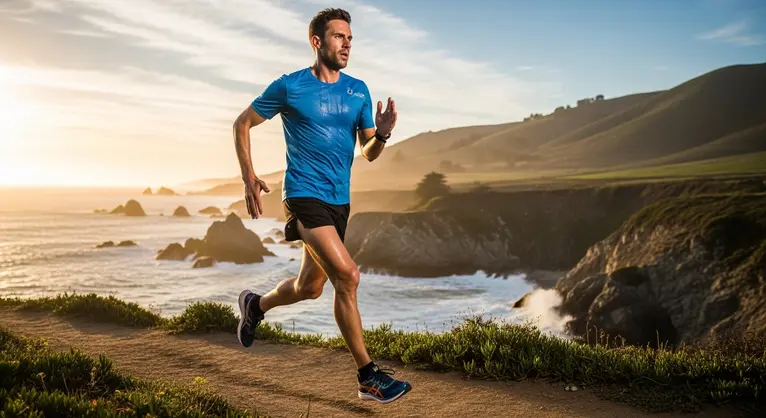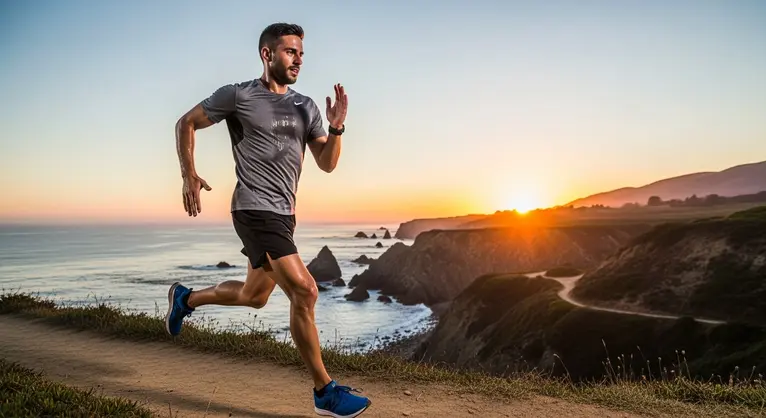Recovery & Injury: Building a Stronger, Healthier, and Inclusive Fitness Community
Staying active feels amazing—until an injury sidelines you or a teammate. Whether you’re new to the gym or a seasoned athlete, understanding recovery is the key to lasting performance. But did you know cultural background can shape how we prevent, treat, and bounce back from injuries? Let’s explore how culturally mindful recovery can help everyone heal stronger and stay motivated.
Culturally Wise Injury Prevention: More Than Meets the Eye
Respect Rituals and Routines
Injury prevention isn’t one-size-fits-all. Different cultures value unique warm-up styles, stretching rituals, and approaches to fitness. For example, some communities may rely on traditional dynamic stretches, group chants, or even specific prayer practices before training.
Action Tip: Encourage everyone in your club to share what works best for them. Offer multilingual guides and visual warm-up posters. This ensures every athlete gets the message—no one is left behind.
Safe Equipment for All
Access to safe, properly fitting gear can be a challenge—especially for women, youth, or those new to a country. Ask: Does your gym provide guidance on choosing equipment suitable for varied body types and cultural needs?
Recovery 101: Make It Work for Your Community
Clear Guidance in Every Language
After an injury, clear communication matters most. Beginners may be shy about asking questions if instructions aren’t in their language.
Best Practice: Provide easy-to-read recovery steps with images or explanations in multiple languages. Consider video walk-throughs hosted by athletes from diverse backgrounds. A great resource to support this is our injury recovery checklist which provides structured guidance on effective recovery practices.
Family, Rest, and Belief
Cultural beliefs about healing matter. Some athletes may rely on family support, herbal teas, or faith-based rest traditions. Respecting these practices can reduce resistance and promote quicker, better recoveries.
Pro Tip: Ask athletes about their preferred recovery routines—and include family or community leaders in the rehab plan if desired.
Nutrition: Healing Powered by Culture
Meet Diverse Diets Head-On
Not everyone heals on a chicken-and-broccoli diet. Halal, vegetarian, vegan, or traditional ethnic foods can all be part of a powerful recovery meal plan.
Expert Insight: Connect with a culturally aware nutritionist. They can adapt evidence-based recovery diets using familiar ingredients, making healing both effective and comforting.
Hydration Habits
Some cultures prefer herbal drinks over water. Help athletes understand the importance of hydration in the recovery process—especially if they fast or observe dietary restrictions.
Gadgets, Tools, and Safe Technology
Making Technology Accessible
Massage guns, foam rollers, and wearable trackers can be intimidating or unfamiliar. Demonstrate their use in workshops—or invite peer leaders to show how these tools fit into both Western and traditional recovery practices.
Tip: Start small. A simple foam roller, used correctly, can serve every athlete—so long as instructions are clear and culturally respectful.
Motivating Recovery: The Power of Belonging
Culturally Informed Encouragement
Motivation can wane after injury, especially if an athlete feels isolated or misunderstood. Peer mentorship and inclusive group activities help maintain morale and build a sense of community.
What Works: Group sessions that celebrate diverse cultural backgrounds—like music, food, or holiday observances—can reignite motivation during tough rehab periods.
Breaking Down Barriers: Every Athlete Moves Forward
Tackle Exclusion and Language Barriers
Some athletes face financial, linguistic, or social obstacles to accessing top-notch recovery. This is especially true for newcomers or minority groups.
Solutions:
- Multilingual support for all instructions and signage
- Inclusive, bias-free coaching and representation
- Outreach to underrepresented communities for special programs
Conclusion: Building a Safe, Supportive, and Inclusive Fitness Future
Injury prevention and recovery aren’t just technical processes—they’re human experiences shaped by culture, communication, and care. By embracing diversity in every aspect of training, nutrition, and support, fitness communities nurture not only stronger athletes but healthier, more connected teams.
What’s one healing ritual or tradition your family or community uses? Share in the comments—we love learning together!
Author:
GymPulse Lead Team – Passionate about helping every athlete reach their potential, every step of the way.
References available on request. For more helpful guides, follow GymPulse on your favorite platform!

